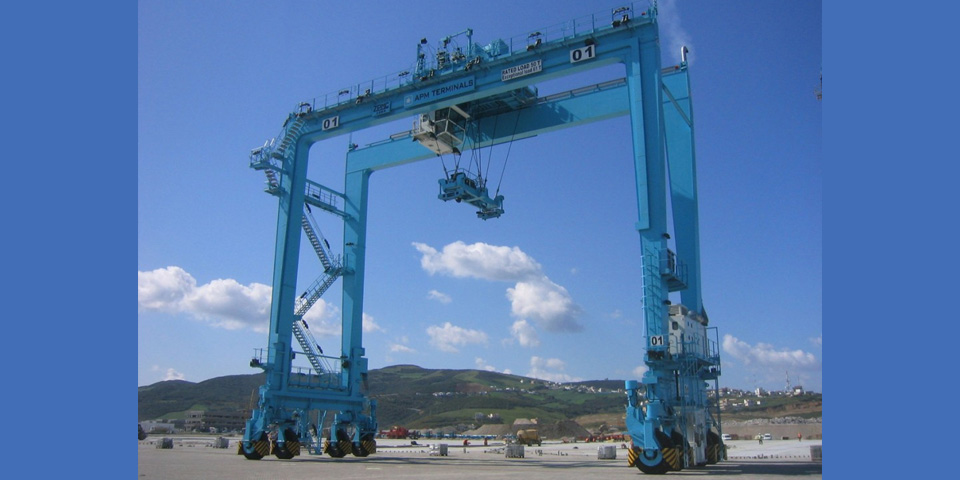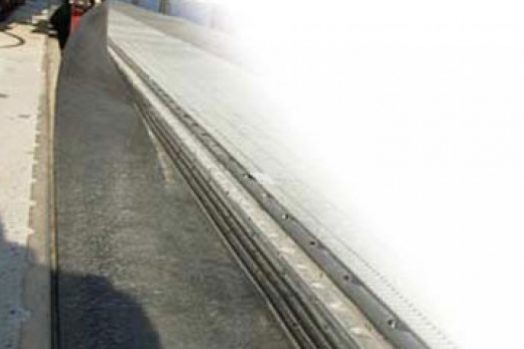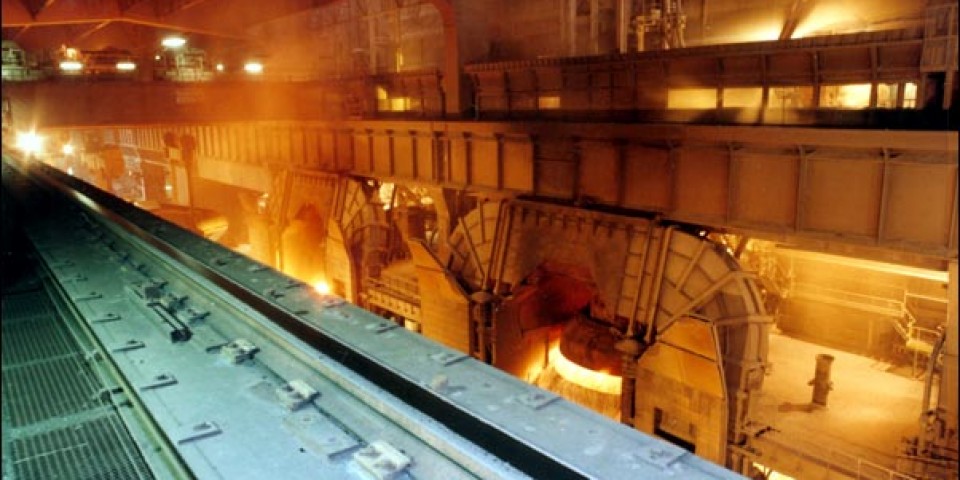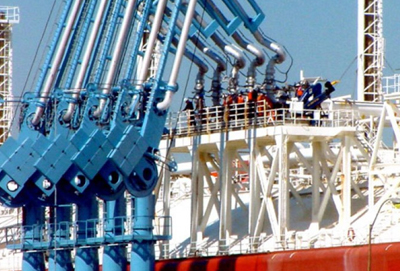To reduce loading and unloading times of large container vessels the container storage area (container yard) needs to be managed in the best possible and most efficient way. Depending on the degree of automation in modern container terminals this can be managed by two types of container management cranes: Rubber Tired Gantry Cranes (RTG) or Rail Mounted Gantry Cranes (RMG).
Although the task for both types of cranes is very similar – to manage input and output of containers into a container block or stack – the functionality and technical requirements for these types of machines are significantly different.
RTG cranes are operated by onboard drivers. The main function is to load containers from trucks or terminal tractors to the container block and vice versa. Typically RTG’s span 5-8 containers in width and 3-5 in height. Standard RTG cranes are equipped with diesel engines to provide power for travel and lifting. Energy and data transmission to the RTG trolley is provided by festoon systems or energy guiding chains.
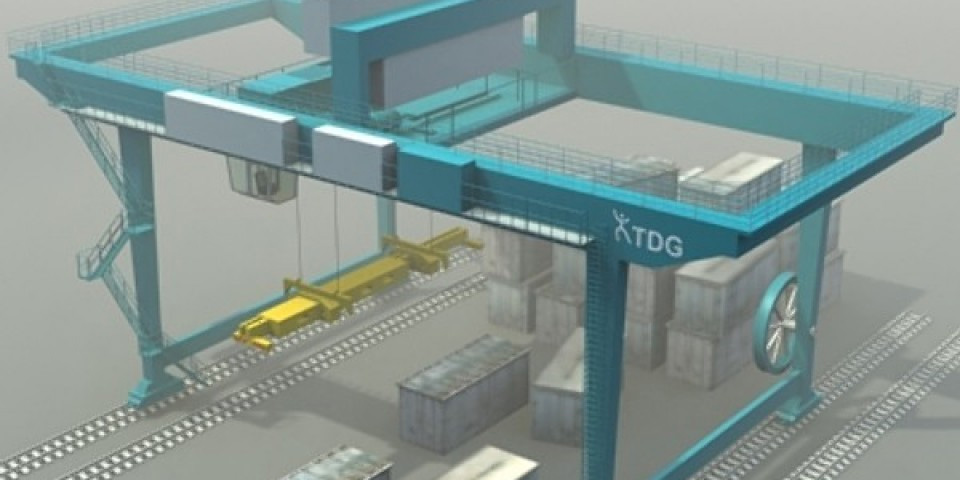
RMG cranes are fully electrified cranes. Main power supply and data transmission is managed by dedicated and highly dynamic motor driven cable reels. RMG cranes are typically wider and higher than RTG cranes. Due to automated functionalities and additional onboard monitoring equipment the requirement for data communication on a RMG crane is much higher. Energy and data transmission to the RMG trolley is managed by highly durable Energy Guiding Chain systems. Fully automated RMG cranes are known as Automated Stacking Cranes – ASC
The largest existing container handling equipment and also one of the largest types of cranes build in higher quantities are modern Ship-to-Shore Cranes (STS). Located directly on the waterside of container terminals they form the critical interface between the ships and the landside container handling facility.
Design and size of this crane type has change dramatically since the introduction of shipping containers 1954. To service ships of 14.000 TEU and more the STS cranes had to become of enormous size and at the same time highly efficient and reliable. In the past STS cranes had to service only a few ships per week where today fully specialized and highly automated facilities operate 24/7/365.
Due to the increased size of the cranes the demand on speed and acceleration has increased significantly. Durability, ease of maintenance but also lifetime costs have become critical aspects for energy and data transmission solutions for STS cranes.
Conductix-Wampfler offers the full range of solutions for all types of STS cranes, regardless of special terminal preferences or special climatic requirements (high wind, ice and snow, tropical climates, …).

